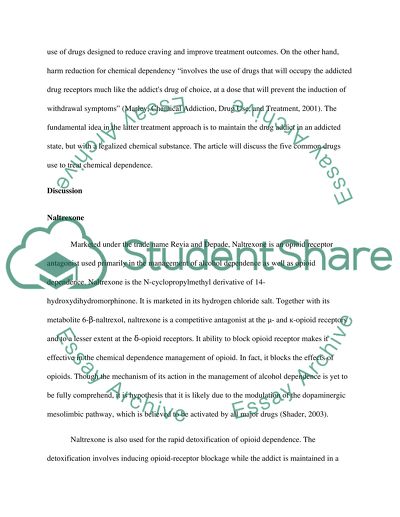Cite this document
(“Pharmacotherapy Application Term Paper Example | Topics and Well Written Essays - 1250 words”, n.d.)
Retrieved from https://studentshare.org/psychology/1422771-pharmacotherapy-application
Retrieved from https://studentshare.org/psychology/1422771-pharmacotherapy-application
(Pharmacotherapy Application Term Paper Example | Topics and Well Written Essays - 1250 Words)
https://studentshare.org/psychology/1422771-pharmacotherapy-application.
https://studentshare.org/psychology/1422771-pharmacotherapy-application.
“Pharmacotherapy Application Term Paper Example | Topics and Well Written Essays - 1250 Words”, n.d. https://studentshare.org/psychology/1422771-pharmacotherapy-application.


